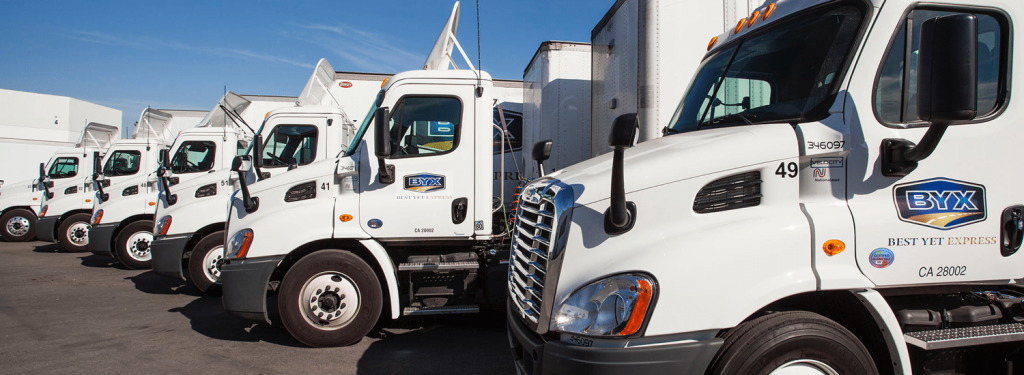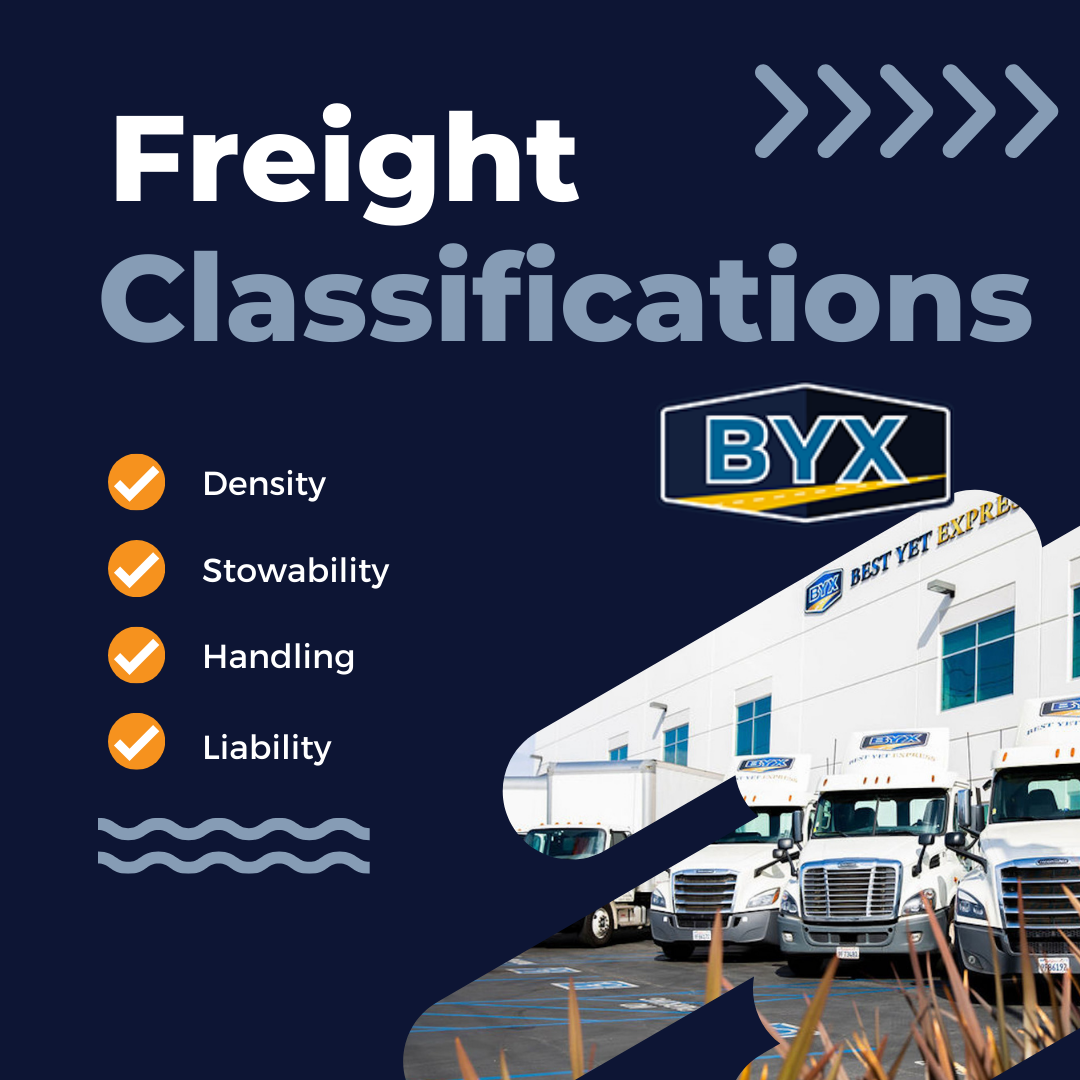In December 2015, the Federal Motor Carrier Safety Administration published the electronic logging device (ELD) rule, arguably the biggest regulatory initiative to affect the trucking industry. It’s a sweeping mandate that applies to more than 3 million drivers, which is exactly why it’s important for those in the truck industry to understand the real facts about the ELD rule.
- What Is An ELD?

- What Can An ELD Do?
The rule also outlines a set of specific features that all ELDs should have.
For example:
- ELDs must connect to a truck’s engine to record the number of hours that it is in motion.
- ELDs must allow drivers to log in and choose between: On-duty, Off-duty, and On-Duty Not Driving. The ELD should automatically provide these options based on vehicle motion.
- An ELD should clearly indicate the driver’s Record of Duty status, allowing them to see the number of hours rendered in a day.
- ELDs should provide information in a standardized format that allows it to be sent to law enforcement agencies through different channels, which include USB, Bluetooth 2.0, and other wireless networks.
- ELDs must be certified by the provider to guarantee compliance with industry standards
- When Does The ELD Rule Kick In?
By December 2017, all CDL drivers that maintain a Record of Duty Status (RODS) must switch to an ELD to record their hours of services more accurately.
For commercial motor carriers that use Automatic Onboard Recording Devices (AOBRDDs), the rule will replace these devices with ELDs over an implementation period of 4 years.
- What Benefits Does An ELD Offer?
The FMCSA estimates that with the implementation of the ELD rule, trucking companies can reduce their paperwork costs and save as much as $705 a year from different types of RODS paperwork and logbooks. ELDs also save drivers from spending as much as 12 hours a month working on paperwork alone.
Here at Best Yet Express we have been working hard to build our own ELD software that we have been running in a beta form for the last year. We are super excited the trial phase is nearing its end and hoping to have the software perfected and available to other trucking companies next year.
Although many trucking fleets have time to comply with the ELD mandate, waiting only means they are missing the tangible benefits of using ELD technology. For more information about the FMCSA’s ELD rule, you can visit their official website.







